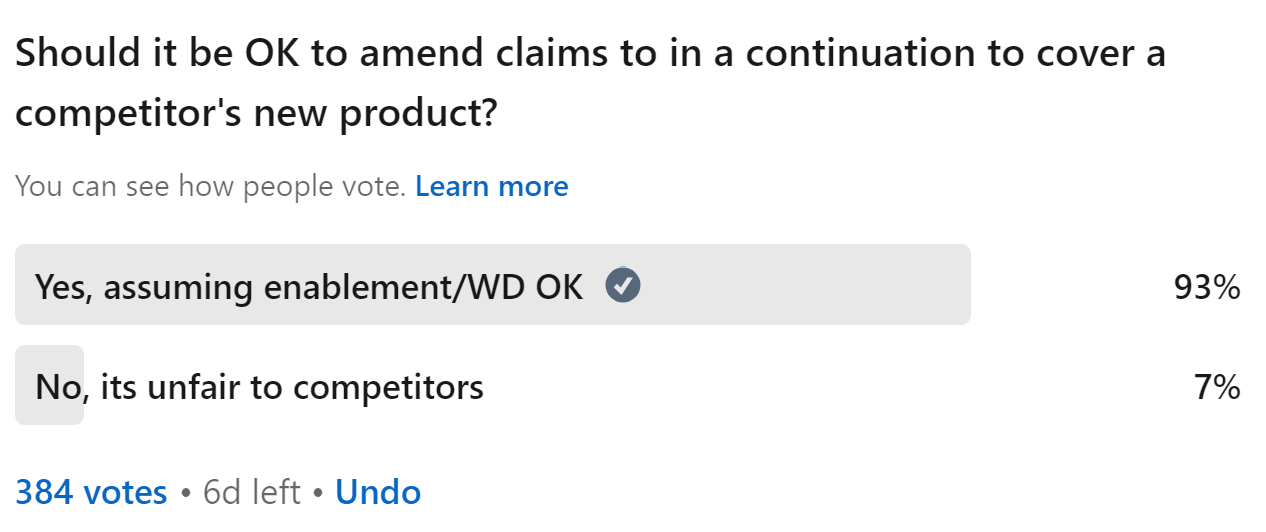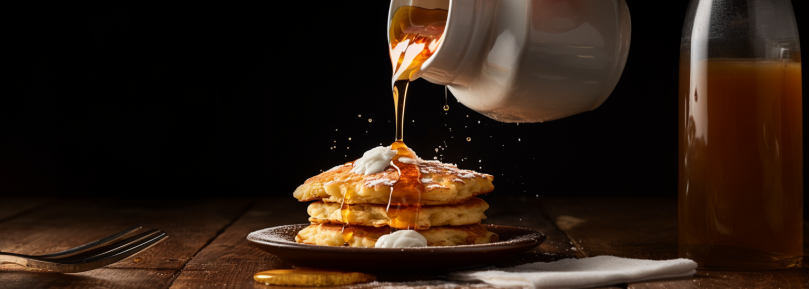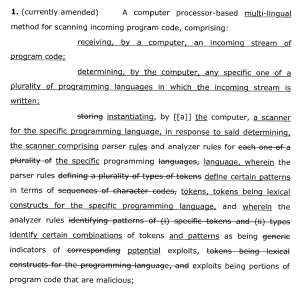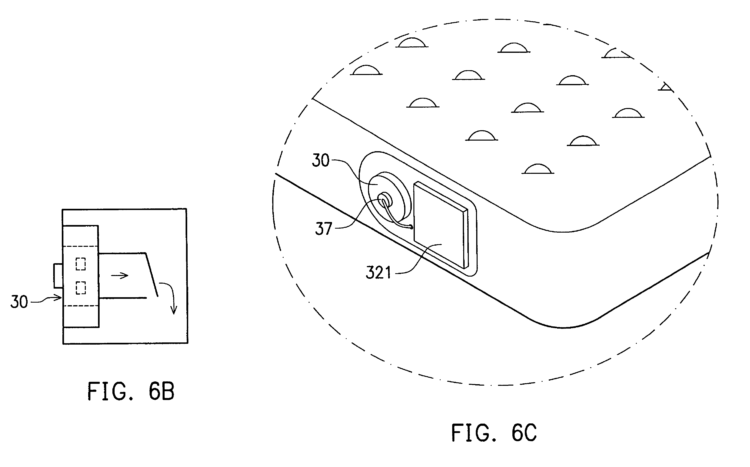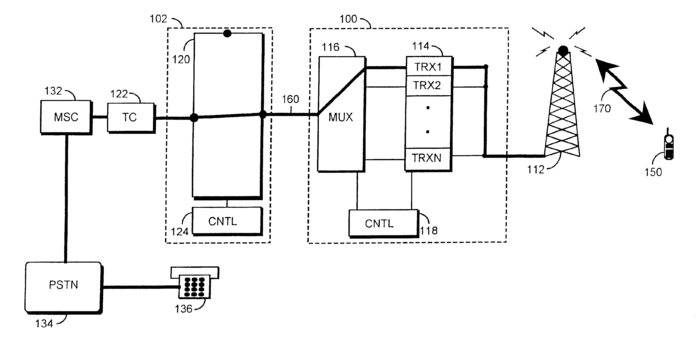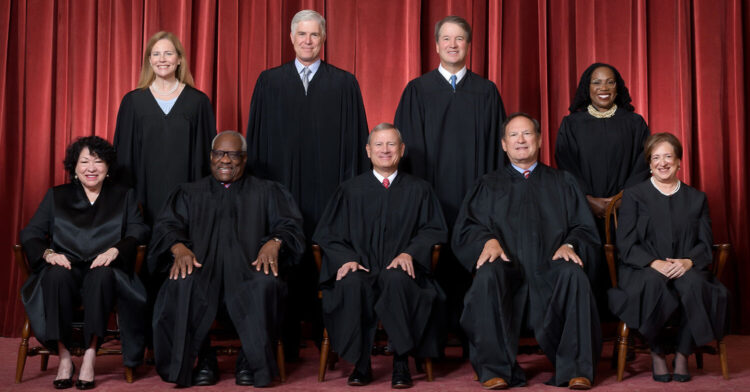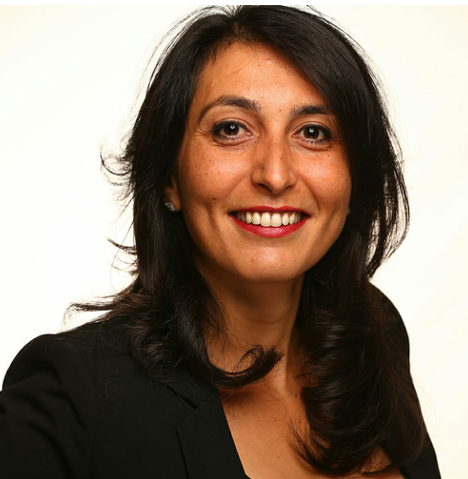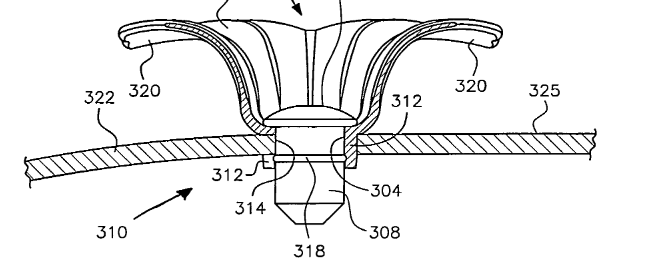by Dennis Crouch
WSOU Investments LLC v. Google LLC, Nos. 2022-1063, 2022-1065 (Fed. Cir. Oct. 19, 2023)
WDTX District Court Judge Alan Albright sided with the accused infringer in this case — holding that the asserted claims were invalid as indefinite. The setup here is a common scene: means plus function (MPF) claim limitations without adequate support in the specification.
Most commonly patentees draft claims that cover the physical structure of an invention or the particular steps taken in a process. However, the Patent Act also permits a patentee to claim the elements of an invention as “means for” accomplishing a specified function without actually claiming the structural components. Although a “means for holding hot coffee” appears potentially broader than claiming a “ceramic mug,” the statute itself places key limits on the scope of these so-called “means plus function” claims. In particular, a means for limitation is interpreted to only cover the “corresponding structure” disclosed in the specification and their equivalents. 35 U.S.C. § 112(f). And, a series of Federal Circuit cases have created a bright line rule that a means-plus-function limitation will render the entire claim invalid as indefinite in situations where no corresponding structure is provided in the specification. This is the case even in situations where various ways to perform the claimed means are well known to those of skill in the art. See, e.g., Williamson v. Citrix Online, LLC, 792 F.3d 1339, 1351-52 (Fed. Cir. 2015); Aristocrat Techs. Australia Pty Ltd. v. Int’l Game Tech., 521 F.3d 1328, 1337-38 (Fed. Cir. 2008). In this situation, my “means for holding hot coffee” might not even cover a ceramic mug if the specification itself only discloses paper cups. And, the claim would be invalid if it failed to disclose any particular embodiments of a hot-coffee-holding device.
A patentee intending to invoke 112(f) style claiming will typically use the magic words “means for …” However, the Federal Circuit concluded that claim meaning is a matter of objective analysis, rather than subjective intent. In MPF analysys, the court looks beyond the magic words and more generally ask whether the limitation recites a non-structural “nonce” word. A “nonce” word is a verbal construct that does not convey a particular structure, such as “element,” “device,” or other generic, non-structural terms. When a nonce word is interpreted in means plus function form, the corresponding structure in the specification must be something more than a repeat of the same nonce word — lest the claim be found invalid as indefinite.
In this case, the two patents at issue are related to image tracking technology (the ‘045 patent) and gesture control technology (the ‘825 patent). The following claim terms were the ones disputed:
- “a processor configured to …” (‘045 patent)
- “at least one memory and the computer program code are configured, with the at least one processor, to cause the apparatus to …” (”825 patent)
U.S. Patent Nos. 8,965,045 and 9,335,825.
Judge Albright found each of these underlined terms to be in “nonce” form and therefore applied MPF analysis. A processor is a means for processing; a memory is a means for storing data; etc. According to Judge Albright, the patent document did not provide any further structural disclosure beyond the functional words — thus rendering the claims indefinite.
On appeal, WSOU argued on appeal that the limitations were not means-plus-function limitations, and thus § 112, ¶ 6 did not apply. Alternatively, it argued the specifications disclosed adequate structure.
As to the ’045 patent, the Federal Circuit affirmed the district court’s determination that the “processor” limitation invoked § 112, ¶ 6 because in the context of the claims and specification it was described only functionally and generically. The court concluded that the patentee had focused its arguments on the processor being not-MPF and had waived any arguments regarding corresponding structure. “WSOU argues for the first time on appeal that the specification discloses corresponding structure.”
As to the ’825 patent, the Federal Circuit reversed. It held that the “memory,” “code,” and “processor” limitations in this patent, read in context of the claims and specification, would connote sufficient structure to avoid § 112, ¶ 6. The court distinguished the ’825 patent’s more specific description of these elements.
So, we have the word “processor” interpreted as a nonce word invoking MPF analysis in one patent; but a structural limitation in the second patent. The difference here is that in the ‘045 patent, the patentee “treats the word ‘processor’ so broadly as to generically be any structure that manipulates data” but without providing specific examples. On the other hand, the ‘825 patent included a much more concrete explanation of the term. The court explained:
In contrast to the ‘045 patent, the specification [in the ‘825 patent] describes the ‘processor’ as hardware that runs the computer program code. Specifically, the specification teaches that the term ‘processor’ is synonymous with terms like controller and computer and ‘should be understood to encompass not only computers having different architectures such as single/multi-processor architectures and sequential (Von Neumann)/parallel architectures but also specialized circuits such as field-programmable gate arrays (FPGA), application specific circuits (ASIC), signal processing devices and other devices.’
Thus, the intrinsic evidence from the specification justified the distinction. One odd note here is that I did read through the ‘045 patent and it does seem to include a bit more than what was suggested by the court. In particular, the ‘045 patent has the same quoted statement that a processor:
should be understood to encompass not only computers having different architectures such as single/multi-processor architectures and sequential (Von Neumann)/parallel architectures but also specialized circuits such as field-programmable gate arrays (FPGA), application specific circuits (ASIC), signal processing devices and other processing circuitry. …
‘045 patent. In addition, the ‘045 patent indicates that a processor could be configured as “processing circuitry” that includes a combination of implementations including microprocessor(s).
The Federal Circuit did not consider these factual similarities because, apparently the patentee raised them as to the ‘045 for the first time on appeal. If I were the patentee, I might review this decision carefully and consider whether a request for panel rehearing is appropriate — is it true that the patentee only preserved the structure argument as to one of the patents?
In any event, the case is interesting for the outcome — the Federal Circuit finding that Judge Albright is being too tough on patentees.

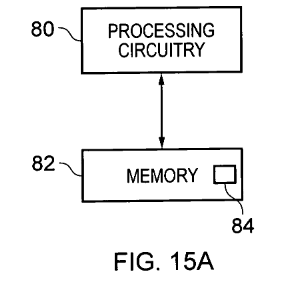




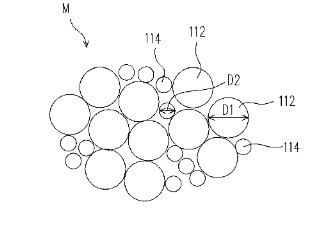 A molded choke is a device used in electronic devices to filter undesirable signals. The device contains a coiled conducting wire encapsulated in a molded mixture of magnetic powder. The powder is heated to a sufficiently high temperature to allow it all to bond together. The patentee, Cyntec, had experienced some difficulties in creating the devices — with the high heat causing various problems such as melting the conducting wire or its insulative layer. The solution that they hit upon was using a mixture of magnetic powders with different hardness and particle sizes. This permitted a lowering of the required molding temperature and thus avoided wire damage during molding. See U.S. Patent Nos. 8,922,312 and 9,481,037.
A molded choke is a device used in electronic devices to filter undesirable signals. The device contains a coiled conducting wire encapsulated in a molded mixture of magnetic powder. The powder is heated to a sufficiently high temperature to allow it all to bond together. The patentee, Cyntec, had experienced some difficulties in creating the devices — with the high heat causing various problems such as melting the conducting wire or its insulative layer. The solution that they hit upon was using a mixture of magnetic powders with different hardness and particle sizes. This permitted a lowering of the required molding temperature and thus avoided wire damage during molding. See U.S. Patent Nos. 8,922,312 and 9,481,037.
